Site of Kent State Shootings
Memorials and tributes scattered across the university grounds remember a famous national tragedy of the Nixon era.
In the aftermath of the invasion of Cambodia at the command of President Nixon on April 30, 1970, protests erupted at universities all around the country.
Kent State University in Kent, Ohio was no different. After weekend protests on Friday, May 1st and Saturday, May 2nd that intensified after the campus ROTC building was torched, Governor James A. Rhodes called the Ohio National Guard to the Kent campus on Sunday, May 3rd to maintain order.
A rally had been scheduled for noon on Monday, May 4th—a rally that the university had ordered to be canceled. Nonetheless, 2,000 students arrived at the Commons shortly before noon. The National Guard ordered the gathering to disperse, and the afternoon began firing tear gas canisters into the crowd. The students answered by throwing rocks and returning the gas canisters back to the guard.
Events amplified when troops marched up to Blanket Hill in front of Taylor Hall. At the top of the hill, 28 of the 77 guardsmen turned and fired back down it, toward the Prentice Hall parking lot. They fired between 61 and 67 shots in 13 seconds.
Thirteen students were hit. Of these, four were killed and nine were injured. Jeffrey Miller was killed instantly, Allison Krause died minutes later. Sandra Scheuer died in the ambulance on the way to the hospital and William Schroeder died later that day at the hospital. The nine wounded students were Joseph Lewis, John Cleary, Thomas Grace, Alan Canfora, Dean Kahler, Douglas Wrentmore, James Russell, Robert Stamps, and D. Scott MacKenzie. Dean Kahler was permanently paralyzed from his wound.
All of those shot were full-time students in good standing at Kent State University, and many of the wounded students were in the area (if not participating in) the protest—Sandra Scheuer and Scott MacKenzie were simply on their way to class. Bill Schroeder, in fact, was at Kent on an ROTC scholarship.
Though the spray of bullets hit students across the entire area, all four fatalities occurred in the Prentice Hall parking lot. As a result, in memoriam, the parking spaces where the four slain students died have been closed and are indicated with commemorative markers. In addition, a monument was built overlooking the Commons area behind Taylor Hall in 1990.
Both Taylor Hall and Prentice Hall are still in use today. Taylor Hall once housed the university’s School of Journalism and Mass Communications, now also the School of Communication Studies and the School of Visual Communication Design. For many years it was home to the College of Architecture and Environmental Design, which moved in 2016 to the new, award-winning John Elliot Center for Architecture and Environmental Design. Prentice Hall has been a women’s dormitory for the duration.
Two other landmarks survive from that time—a concrete pagoda and a metal Don Drum sculpture. The pagoda really serves no purpose these days apart from the fact that it remains an iconic part of the landscape from the original photos from May 4, 1970. The metal supports frequently rust and the concrete has a strong stench of mold. The metal sculpture was directly in between two of the wounded students (Lewis and Cleary) and was hit with one of the bullets. The hole can still be seen to this day.
Know Before You Go
From OH Route 59, turn onto Midway Drive to enter the university. Follow Midway Drive until you reach the Prentice Hall parking lot.


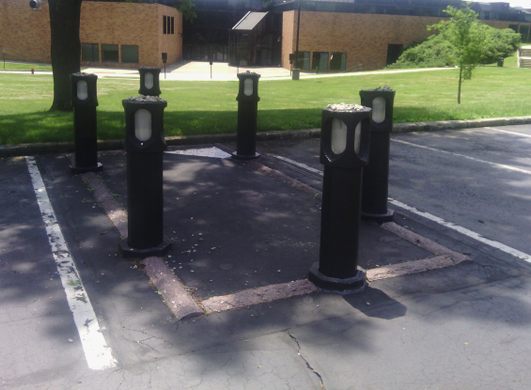
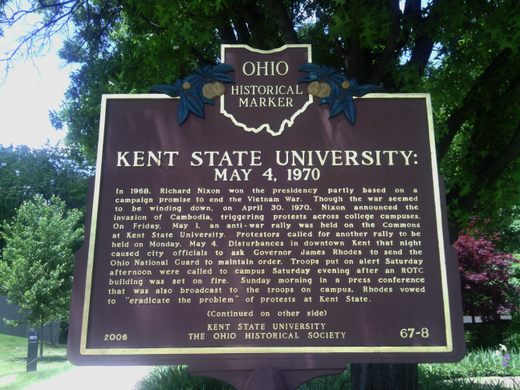




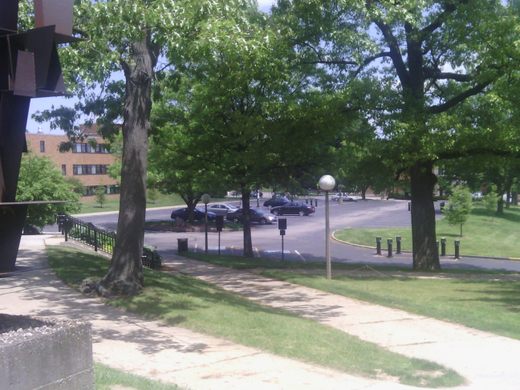
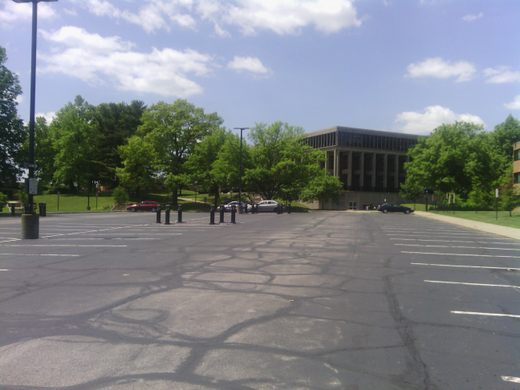







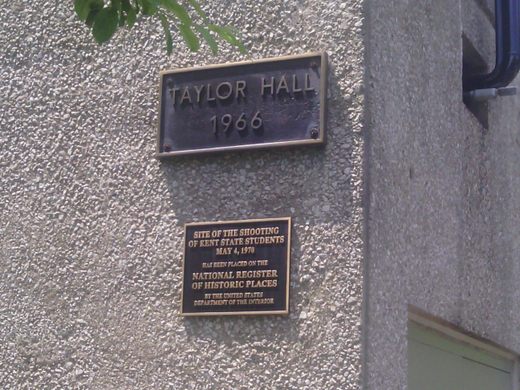


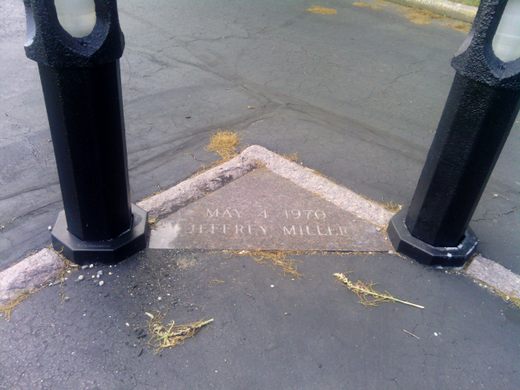
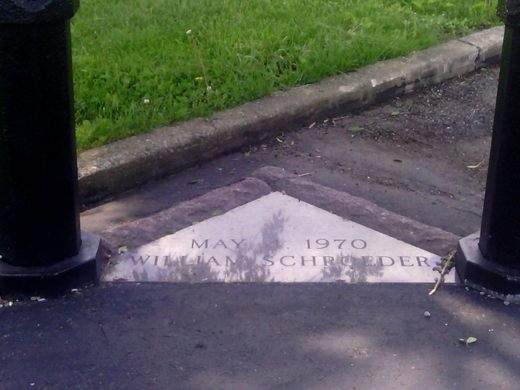

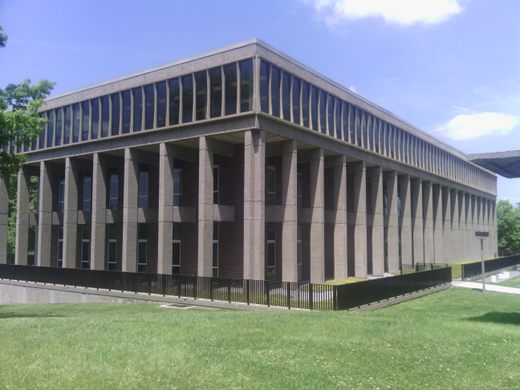
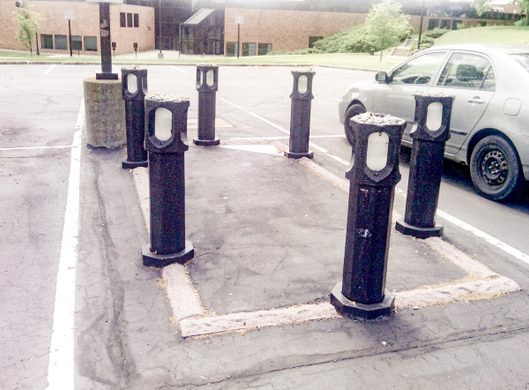
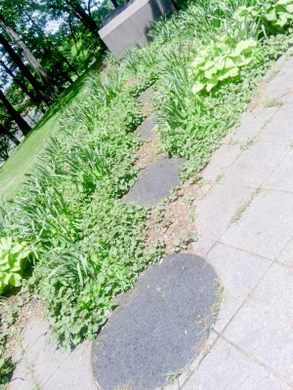





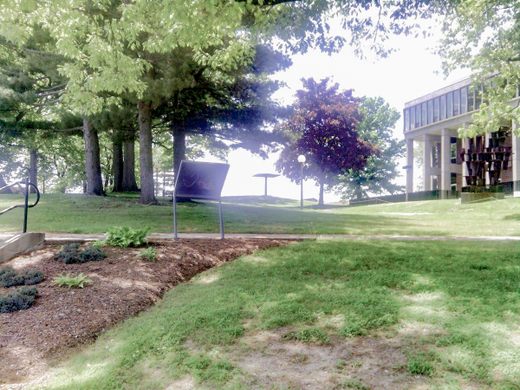
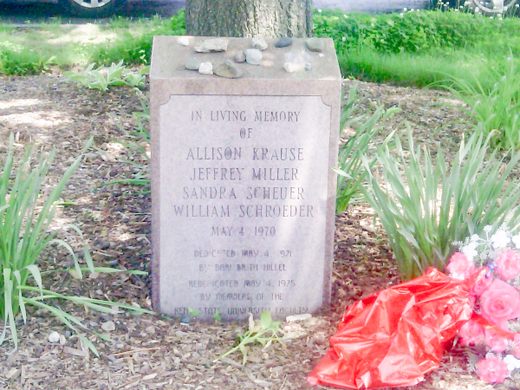
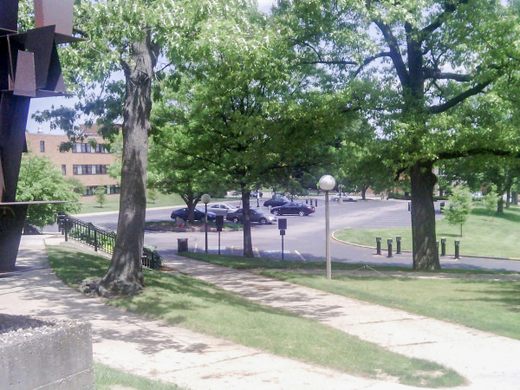






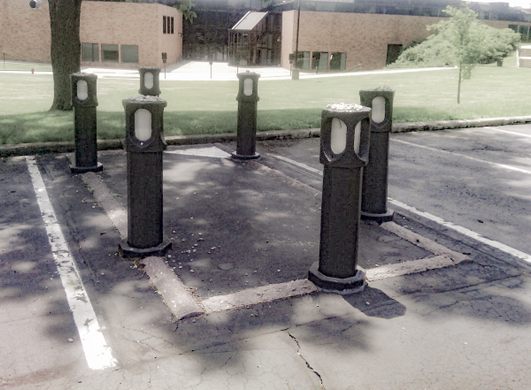



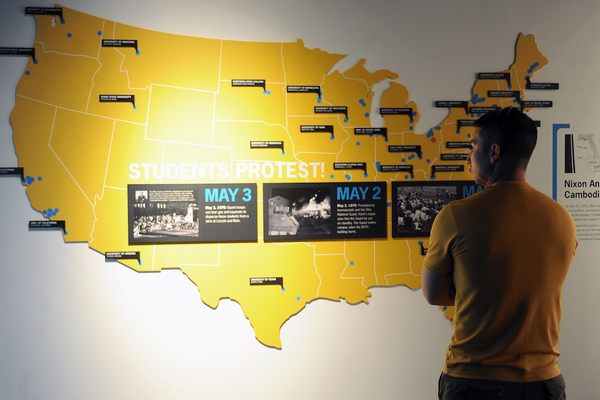






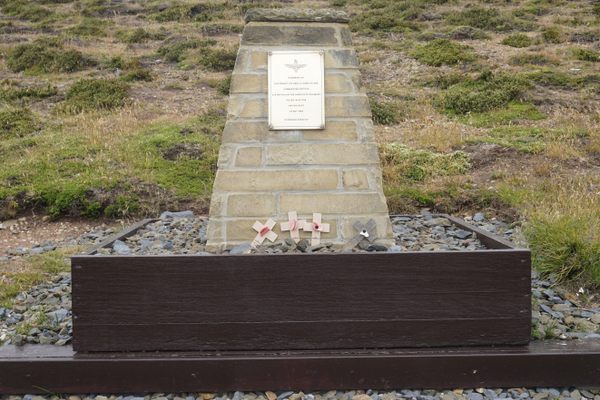

Follow us on Twitter to get the latest on the world's hidden wonders.
Like us on Facebook to get the latest on the world's hidden wonders.
Follow us on Twitter Like us on Facebook